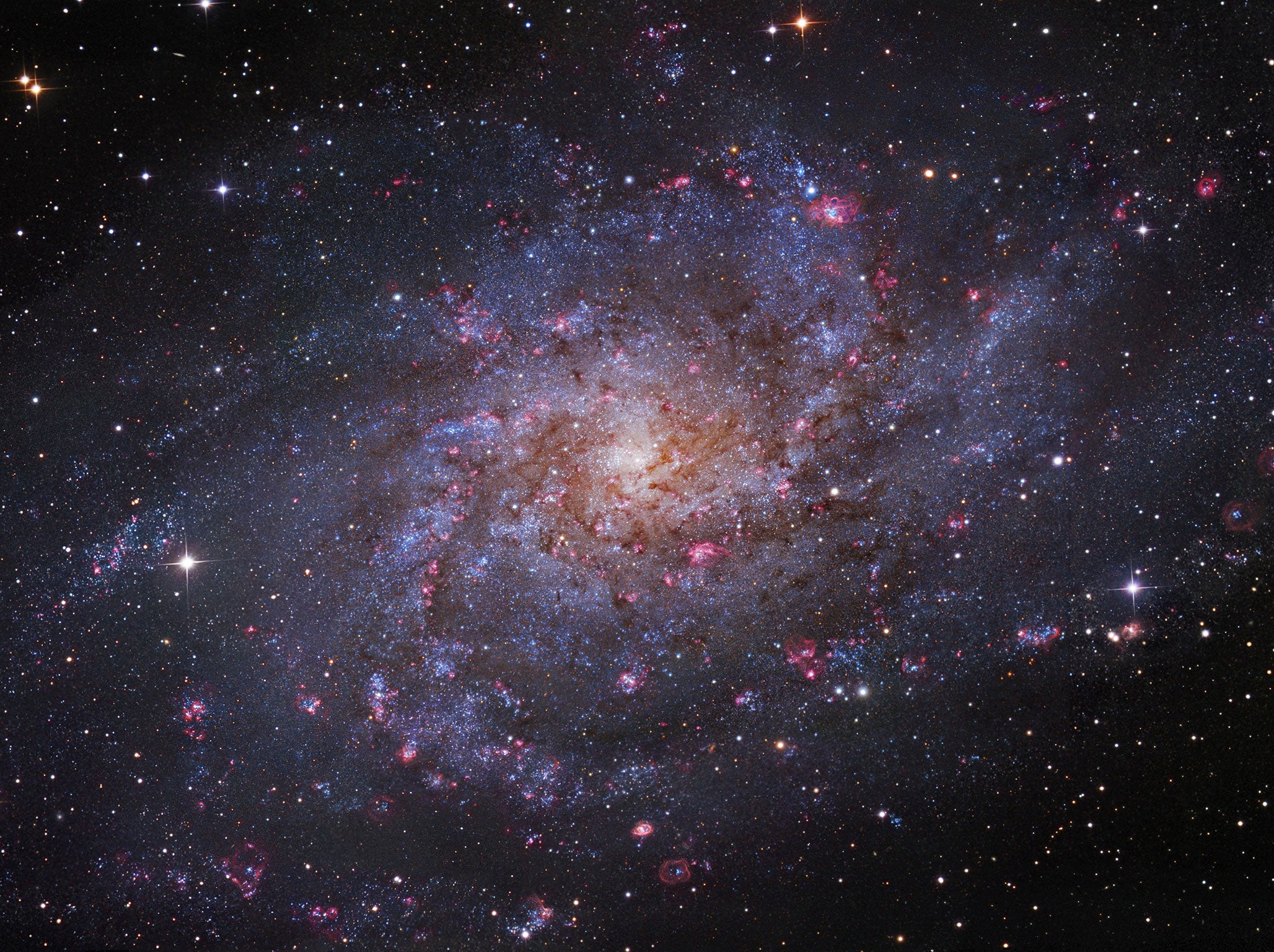Astronomers spot the furthest away thing ever seen in the Solar System, giving glimpse of early universe
The rock hasn't been affected by Pluto, and its unaffected orbit could teach scientists about the very early Solar System

Your support helps us to tell the story
From reproductive rights to climate change to Big Tech, The Independent is on the ground when the story is developing. Whether it's investigating the financials of Elon Musk's pro-Trump PAC or producing our latest documentary, 'The A Word', which shines a light on the American women fighting for reproductive rights, we know how important it is to parse out the facts from the messaging.
At such a critical moment in US history, we need reporters on the ground. Your donation allows us to keep sending journalists to speak to both sides of the story.
The Independent is trusted by Americans across the entire political spectrum. And unlike many other quality news outlets, we choose not to lock Americans out of our reporting and analysis with paywalls. We believe quality journalism should be available to everyone, paid for by those who can afford it.
Your support makes all the difference.Astronomers have found the most distant object from us in our own solar system ever seen.
The rock is 103 times further from the Sun than we are. And it is so distant that it has probably been flying around for so long mostly untouched.
The object is further away from us than the Kuiper Belt, a region beyond Neptune that includes Pluto. It is so far away that it sits on the edge of the Oort Cloud, a distant and theoretical cloud of icy objects.
The discovery may become less exciting to scientists if they find that the rock has been swinging in to get much closer to the sun. Scientists haven’t been watching it for long enough to know how it gets around the solar system, and it might end up that it travels much closer to the sun than its current distance.
But if it doesn’t swing in, staying in the inner Oort Cloud, it will be far further than previously known worlds. The existing known residents of the inner Oort Cloud are about 76 and 80 times as far away from the sun as we are.
Such distant objects are interesting because they are so far away from Neptune that they have never been pulled in by its orbit, according to Nature News, which first reported the discovery. As such, the rocks’ orbits could still look the way that they did when the Solar System was first formed, 4.5 billion years ago.
Scientists will continue tracking and looking at the rock over the coming year, after which they will have been able to track its orbit and work out where it lives.
Join our commenting forum
Join thought-provoking conversations, follow other Independent readers and see their replies
Comments